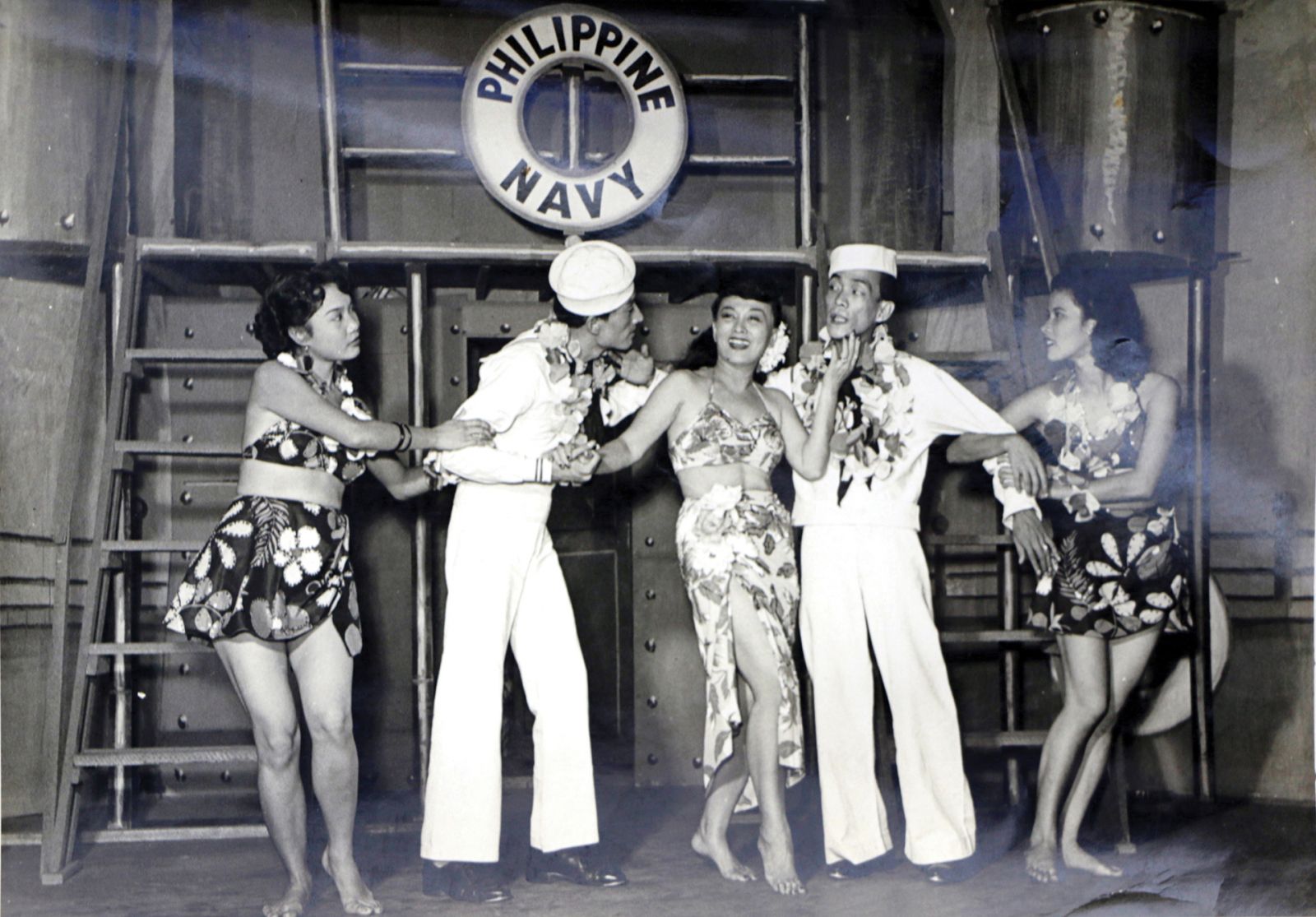Owning the stage for several decades, bodabil and jazz queen Katy de la Cruz also influenced the change in the bias against women, making her an icon of the modern feminist Filipina
Bodabil was introduced in the Philippines by American and European travelling vaudeville troupes in the early 20th century. The variety show that presented classic and contemporary American songs and dances, magic numbers, circus acts with or without animals, and comedy skits patterned after their American originals initially served as a powerful (because pleasurable) instrument for the Americanisation of the Filipino heart and mind. But like the komedya, sinakulo, sarsuwela, and other dramatic forms introduced into the country under Spanish rule, the bodabil inevitably indigenised. More creatively, it provided some Filipino artists with a progressive worldview and value system that allowed them to transform some long-held, albeit regressive, beliefs of Filipino society.

One such artist was Katy de la Cruz, acknowledged in her time as the Queen of Jazz and, later, Queen of Bodabil. By internalising bodabil’s modern temper, Katy quietly challenged the traditional beliefs of her time, especially concepts of the “ideal” woman. By retooling American ditties and singing original Filipino songs, she gave bodabil an inflexion that was feminist and Filipino.
Born on February 13, 1907, Katy was baptised Catalina Mangahas de la Cruz, the daughter of church singer Juan de la Cruz and pasyon-chanter Infanta Mangahas. According to Katy, she was small, short and dreamy-eyed like the statue of Cupid her mother loved so much, at the garden of the Intendencia in Intramuros, where her father worked as concierge. She spent her childhood in the Walled City and, by age 7, was learning how to sing American songs by listening to the records their neighbour played on the Victrola phonograph. She performed in plazas during fiestas, and was earning about five pesos a day, a significant addition to the family budget when her father earned only 30 pesos monthly. These earnings also helped convince her father not to force her to attend school, which she hated (she flunked first grade three times), and instead, allow her cousin to coach her on the English lyrics of American songs.
Read more: The cultural wanderer's guide to Intramuros





